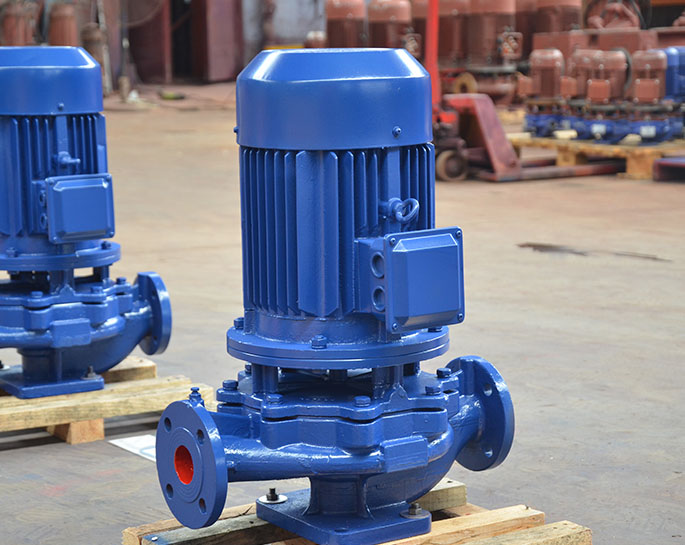How to disassemble the centrifugal pump?
Disassembling a centrifugal pump requires careful planning, the right tools, and a systematic approach to ensure the process is safe and efficient. Here's a general guide on how to disassemble a centrifugal pump:
Note: The following steps are a general guideline. The specific steps may vary based on the pump's design and manufacturer. Always refer to the pump's manual or documentation for detailed instructions.
-
Preparation:
- Ensure the pump is not in operation and is properly isolated from the power source.
- Gather all the necessary tools and equipment, such as wrenches, pliers, screwdrivers, hoisting equipment (if needed), and safety gear (gloves, goggles, etc.).
- Lay out a clean and organized workspace.
-
Documentation:
- Refer to the pump's manual or documentation for specific disassembly instructions.
- Take pictures or make notes of the pump's configuration and components before starting.
-
Safety First:
- Wear appropriate personal protective equipment (PPE) to ensure your safety during the disassembly process.
-
Draining the System:
- If the pump contains any residual fluid, drain it properly following the manufacturer's guidelines.
-
Disconnecting Connections:
- Disconnect the pump from the piping system by loosening and removing any flanges, bolts, nuts, or fittings that connect the pump to the pipes.
-
Removing Guards and Covers:
- If the pump is equipped with safety guards or covers, remove them carefully.
-
Motor Disconnection:
- If the pump is driven by an electric motor, disconnect the motor from the pump assembly according to the manufacturer's instructions.
-
Removing Impeller:
- Remove the impeller by loosening the impeller nut or bolt and gently pulling the impeller off the shaft. In some cases, a puller may be required if the impeller is stuck.
-
Shaft and Seal Removal:
- If applicable, remove the shaft and mechanical seals according to the manufacturer's instructions. This may involve removing retaining nuts, bolts, or clips.
-
Bearing Housing and Bearings:
- If necessary, remove the bearing housing and then carefully remove the bearings. This may involve disassembling bearing caps, shims, and other components.
-
Disassembling Casing and Housing:
- Carefully remove the casing or housing of the pump to access the internal components. This may involve removing bolts, screws, or fasteners.
-
Cleaning and Inspection:
- Inspect all removed components for wear, damage, or corrosion. Clean the components thoroughly using appropriate cleaning agents.
-
Documentation and Labeling:
- As you remove components, label them or take pictures to aid in reassembly.
-
Storage:
- Store the disassembled components in a clean and organized manner to prevent damage and loss.
Remember, disassembling a pump can be complex, and it's important to follow the manufacturer's instructions and guidelines. If you're not confident in your ability to perform the disassembly, consider seeking assistance from a professional or experienced technician. Additionally, always be prepared for unexpected challenges or complications during the disassembly process.


.png)
.png)

.png)


